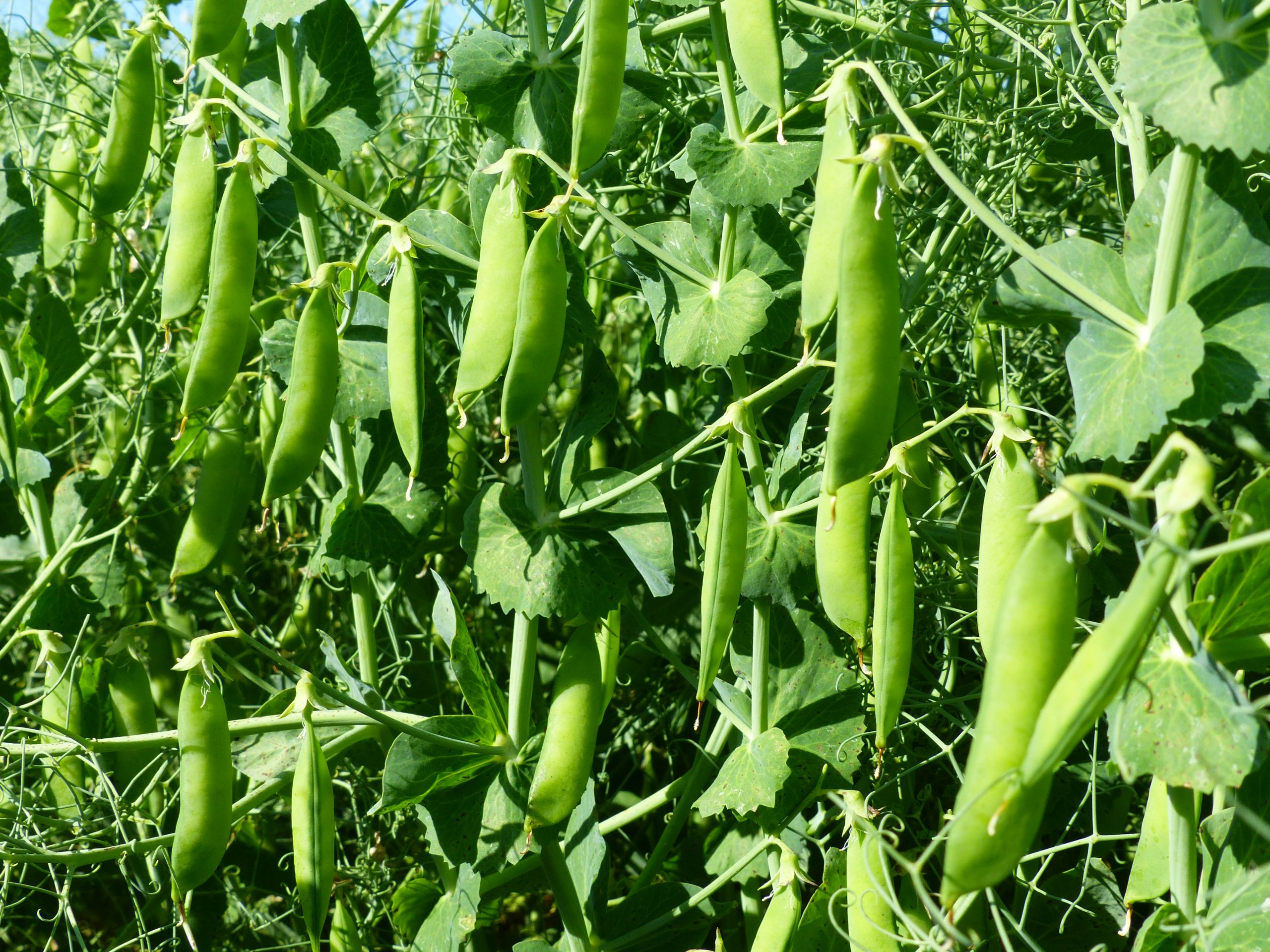Winter pea sowing: advanced practices to optimize performance
The integration of winter peas into crop rotation is a proven strategy to reduce nitrogen use and ideally prepare the ground for wheat.
To make the most of this legume as a precursor, let’s follow some fundamental rules to ensure successful establishment.

Strategic trials for better implementation
Seeding date: a question of timing
Depth and equipment: the keys to successful seeding
At Agri Obtentions, trial plots are rigorously studied to perfect our methods. These experiments are essential to establish the best practices in terms of timing and sowing techniques.
The chosen time for sowing is critical. It is advised to wait until the end of cereal sowing to tackle winter peas. Early sowing increases the risk of foliar diseases and excessive biomass before winter can make the crop vulnerable to cold.
The sensitivity of pea seeds requires sowing at a depth of at least 5 cm, with well-controlled soil-seed contact. The use of seed drills equipped with press wheels is recommended to ensure even distribution and adequate pressing.
Seeding Density: Less is More
Studies show that excessive density can lead to an increase in diseases after winter and a higher risk of lodging. Recommendations for winter peas suggest densities of 60 to 80 seeds per square meter, adjusted according to the areas, to give the plant enough space to develop without compromising yield potential.
Genetics at the Service of Cultivation
Modern genetics offer varieties capable of compensating for low density through increased branching. Moreover, these new varieties flower earlier, thus avoiding the negative impacts of high June temperatures on yield.
Thus, winter peas represent not only an ecological crop by reducing the need for nitrogen fertilizers but also a strategic component in the overall health management
of plots. Adopting these seeding practices means choosing an agronomic approach that respects nature and science for productive and sustainable agriculture.
